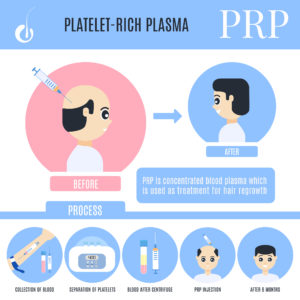Promise in The Field of Regenerative Medicine

Amniotic fluid donated by healthy donors at the time of C-section has shown much promise in the field of regenerative medicine. Fluid Flow Regenerative Medicine Therapy, In the context of orthopaedic surgery, its composition has been shown to have favorable characteristics in decreasing joint inflammation and enhancing the internal environment of the inflamed arthritic joint.
All about the amniotic fluid
The amniotic fluid is the protective liquid contained by the amniotic sac of a gravid amniote. This fluid serves as a cushion for the growing fetus, but also serves to facilitate the exchange of nutrients, water, and biochemical products between mother and fetus.
Development
Amniotic fluid is present from the formation of the gestational sac. Amniotic fluid is in the amniotic sac. It is generated from maternal plasma, and passes through the fetal membranes by osmotic and hydrostatic forces. When fetal kidneys begin to function around week 16, fetal urine also contributes to the fluid. In earlier times, it was believed that the amniotic fluid was composed entirely of fetal urine.
The fluid is absorbed through the fetal tissue and skin. After 22 to 25 week of pregnancy, keratinization of an embryo’s skin occurs. When this process completes around the 25th week, the fluid is primarily absorbed by the fetal gut for the remainder of gestation.
Contents
At first, amniotic fluid is mainly water with electrolytes, but by about the 12-14th week the liquid also contains proteins, carbohydrates, lipids and phospholipids, and urea, all of which aid in the growth of the fetus.
Amniotic fluid contains important cytokines, growth factors, hyaluronic acid, and exosomes that work to promote joint homeostasis and joint lubrication. Exosomes are small vesicles that arise from stem cells and provide a means for tissue repair and joint homeostasis. They provide beneficial signals inherent to the native stem cells, without their direct presence in the regenerative process. Amniotic fluid provides a concentrated mixture of these regenerative components hence a great feature for fluid flow regenerative medicine therapy.
Function
Swallowed amniotic fluid (in later stages of development) creates urine and contributes to the formation of meconium. Amniotic fluid protects the developing baby by cushioning against blows to the mother’s abdomen, allowing for easier fetal movement and promoting musculoskeletal development. Amniotic fluid swallowed by the fetus helps in the formation of the gastrointestinal tract. It also protects the fetus from mechanical jerks and shocks.
Amniotic Fluid Cells in Tissue Engineering and Cell Replacement
Because they are readily accessible, pose little to no ethical concerns, and do not form teratomas in vivo, amniotic fluid-derived cells have been investigated as a promising alternative source of cells for use in tissue engineering and cell-based therapies. Kaviani et al. first demonstrated that mesenchymal cells from ovine or human Amniotic Fluid could be seeded on synthetic scaffolds, as a prelude to using these cells for tissue engineering.
Since that time, amniotic fluid-derived cells have been used in experimental settings to repair different tissues, including cartilage grafts for fetal tracheal reconstruction, tendons for diaphragm repair, bone grafts, and heart valve leaflet.
In vivo administration of amniotic fluid-derived cells as a strategy for cell replacement has had beneficial effects in various injury models, including acute bladder injury, acute tubular necrosis of the kidney, hyperoxic lung injury and ischemic heart.
Find out more
If you are thinking of getting fluid flow regenerative medicine therapy, it is imperative that you consult the expert advice of a physician who will be able to give you the right treatment program. Premier Osteoarthritis clinics of Pennsylvania is one such facility where you can benefit from the consultation about fluid flow regenerative medicine.


